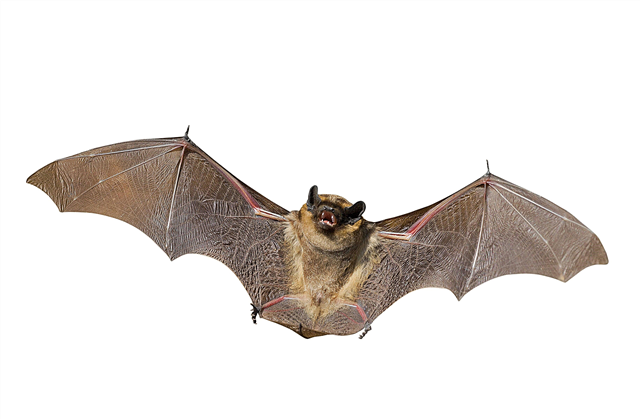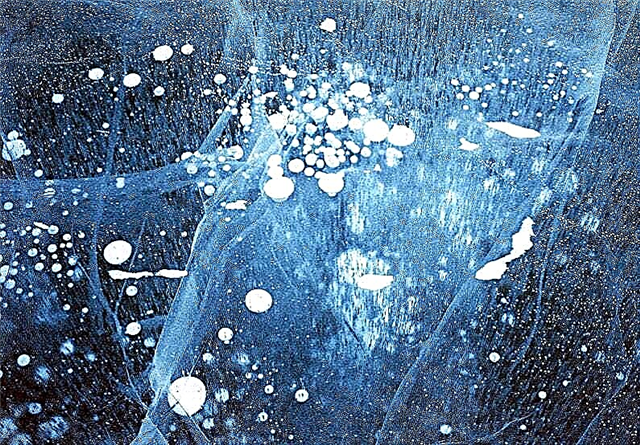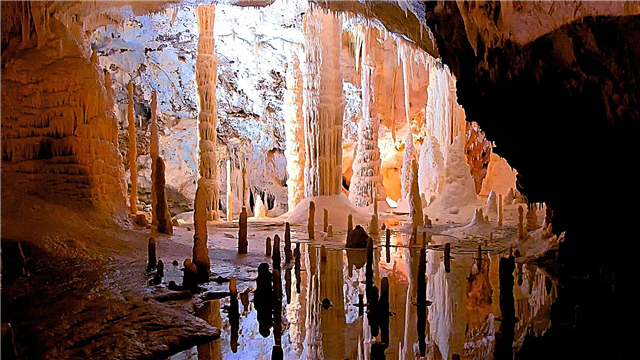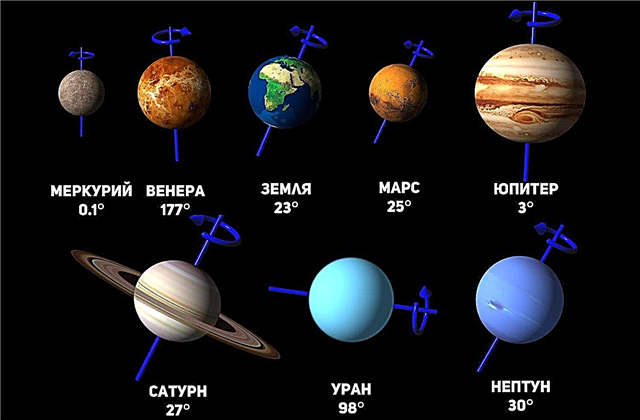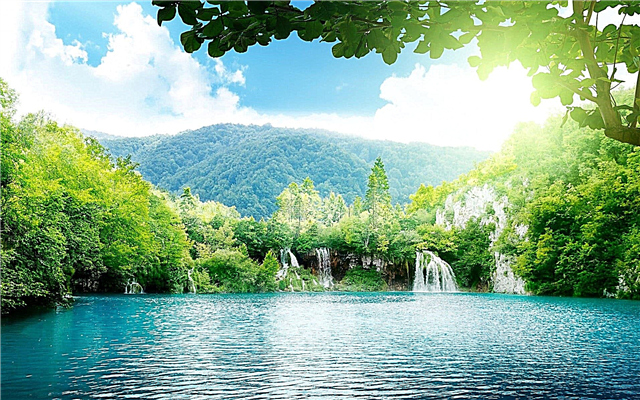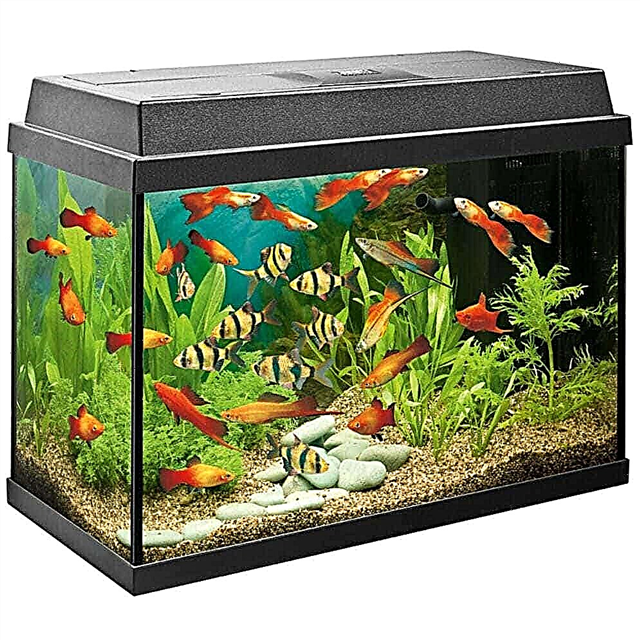
For some people, the word lake itself is associated with a shallow pond that is suitable for floundering in the water and is safe even for children. But in reality, the lakes can be huge in size, and their depth can be completely fantastic.
Not all lakes have great depths - the most impressive in this respect are reservoirs of tectonic origin, that is, those located at the site of cracks, faults in the earth's crust, and Baikal can be cited as an example here. Lakes located in the lowlands usually have a shallower depth, but at the same time a larger area. This article will provide information on the deepest lakes on the planet, which are definitely worth paying attention to.
Fifth Place - San Martin

This pond is located in Patagonia, and its very location is already interesting. It is located between Chile and Argentina, right on the border of these countries, at an altitude of about 250 m. The mirror surface is 1058 square meters. km in area, the pond has a depth of 836 meters. For the whole continent of South America, it is considered the deepest, and it also has two names. San Martin is a name that is relevant to Argentina, while in Chile its name sounds like O Higgins. Cold streams from the mountains flow into this body of water, which form when the glaciers melt, and only one more or less large river Mayer.This lake leaves the waters through the Pasqua River, which flows directly into the Pacific Ocean. Since small stone deposits fall into the water, which are brought with water from glaciers, the water here has a specific milky hue. Minerals eventually settle at the bottom of this reservoir.
Fourth place - Caspian Sea

It would seem, where did the sea appear in an article about lakes? But this is no coincidence. It is worth knowing that Caspian Sea is a lake, just salty, because it has no access to the ocean, neither direct, nor through other seas. Although at the bottom there is an oceanic crust. Perhaps, once in the past, the water level was higher, and the Caspian Sea, together with the Aral Sea, merged with the Black Sea, forming a common basin. This could well be.
But at the moment this lake, separated by a chain of the Caucasus Mountains, with an area of 371 thousand km., And depth reaching 1025 meters. The Volga River and about 130 rivers flow into this lake. There are many fish and other animals, many inhabitants are found only here. And beneath this lake there are deposits of oil and gas.
Third Place - East

This lake is located in Antarctica, and with the naked eye it will be difficult to find it, because it is under the ice mass. This is the largest subglacial lake of all that exists in the world, and it owes its name to the nearby Vostok station, which belongs to Russia. According to studies, this lake can reach depths of 1200 meters and more, they discovered it relatively recently - it was discovered only in 1996. It was explored through drilling.These studies are extremely important for science, since there is a hypothesis according to which the surface of the moons of Jupiter also has similar lakes in which life may well develop.
Second Place - Tanganyika

This lake is the deepest for all of Africa, its depth is 1470 meters. This is a tectonic reservoir located in the hollow of the rift zone, and it was found by accident. Scientists searched for the source of the Nile, and found this lake. From it flows the river Lukuga, and several small rivers flow into it at once. Flora and fauna are very saturated here, there are hippos, there are crocodiles - there were reports that they found a record-length 9-meter crocodile that attacked people (Read our article: the largest species of crocodiles). A huge number of birds live here.
The deepest lake in the world

The deepest lake in the world is Baikal. The depth of the reservoir is 1642 meters, and perhaps this is not the limit, since tectonic activity in the region is aimed at expanding, deepening the lake due to the divergence of plates. Yes, this is another tectonic reservoir. At the moment, Baikal contains 20 percent of fresh water located on the surface of the planet, and By its volume, Baikal exceeds the entire network of American Great Lakes combined.
Despite the fact that lakes usually do not heal longer than 15 thousand years, this reservoir has a much longer history, it was formed 25-35 million years ago. It is inhabited by endemic species that are no longer around the world, and the water is very clean.
The depths of some lakes can be amazing, but even the largest and deepest bodies of water need protection and environmental standards. Only in this case they will not become shallow, not polluted, and their flora and fauna will not be impoverished. Unique natural objects must be preserved in the world, and all possible efforts must be made for this.

